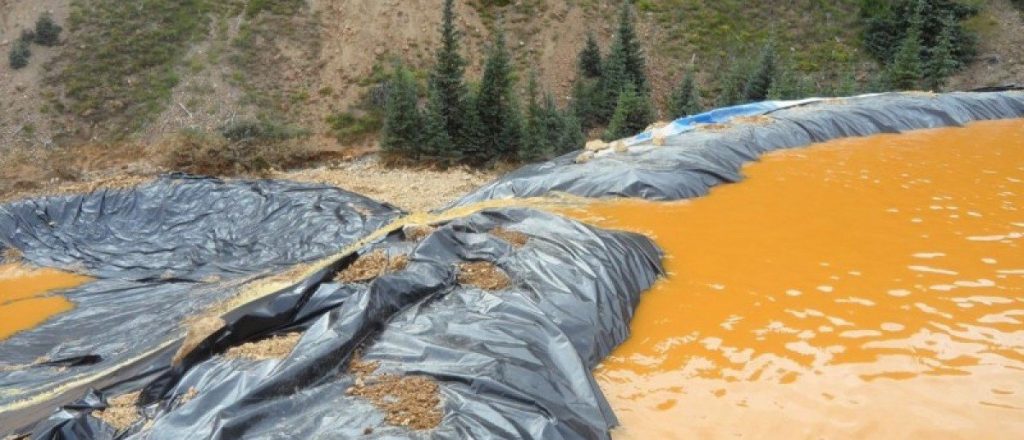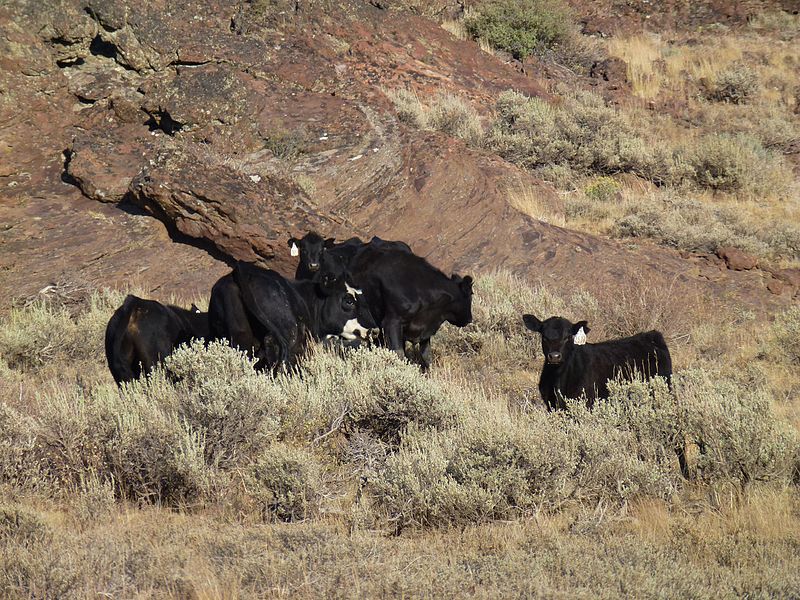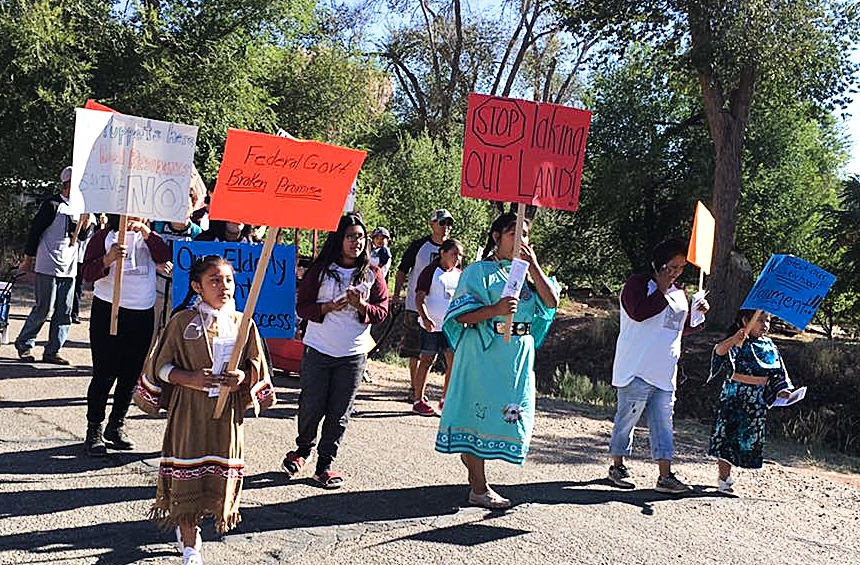A federal system based on such lengthy processes, subject to unending challenges and appeals, is absolutely paralyzed when it comes to decision-making, never mind implementation.
Greg Walcher
My, what big teeth you have
Forty years after the Mexican wolf was designated as endangered, the U.S. Fish and Wildlife Service has released a draft recovery plan that outlines what is needed to declare the species recovered. At this rate, we are well on the way to recovering all endangered species, in only a thousand years or so.
The saga of the Mexican wolf’s endangered listing, and subsequent federal management, perfectly illustrates why the federal approach to wildlife conservation doesn’t work.
Mexican gray wolves once roamed most of northern Mexico, and parts of New Mexico, Arizona, and Texas. Those areas were settled by people dependent upon agriculture in the mid-19th Century, so most of the wolves were eliminated, because they do not peacefully coexist with sheep and cattle, and because they hunted the same wild game the settlers needed. By the time the Endangered Species Act was passed in 1973, there were only a handful of wolves left.
Here’s what the federal system did about it: The gray wolf was listed as endangered in 1976 and a federal team was appointed to write a recovery plan. It took them six years to do so (1982), but their plan did not specify criteria for determining recovery and de-listing. The USFWS now explains, “At the time of writing, the recovery team could not foresee full recovery and eventual delisting of the Mexican wolf… Therefore, the recovery team stopped short of providing the objective and measurable recovery criteria required by the (Endangered Species Act).”
Instead of the required recovery plan, what the team actually laid out in 1982 was a goal to establish a captive breeding program, so the government rounded up all the remaining wolves. Fourteen years later, in 1996, Fish and Wildlife finally got around to proposing actual establishment of a wild population. After two more years of argument and contention, reintroductions began in 1998 in the Apache and Gila National Forests. A similar plan for the Mexican side of the border was adopted in 2000, and reintroductions started there in 2009, 27 years after the plan’s adoption.
A federal system based on such lengthy processes, subject to unending challenges and appeals, is absolutely paralyzed when it comes to decision-making, never mind implementation. A 2010 “Conservation Assessment” for the Mexican wolf acknowledged that, “It has been over 25 years since the completion of the 1982 Mexican Wolf Recovery Plan, and an up-to-date description and assessment… is needed.” But endangered animals need recovered, not studied.
[wp_ad_camp_1]
Another round of lawsuits, appeals, and congressional hearings followed, partly over the reintroduction of gray wolves in Yellowstone. Finally in 2013, USFWS proposed separating the Mexican wolf from other gray wolves, so it could proceed with recovery of the Yellowstone wolves while still “protecting” their Mexican cousins. That took two years, with separate listing of the Mexican wolves in 2015. That brought more litigation, ultimately requiring USFWS to produce a legal recovery plan for the Mexican wolf by this November. Thus, the draft released this month was prompted not by any consensus on how to recover wolves, but by a court order. That is no way to manage wildlife, endangered or not.
The new recovery plan does include specific de-listing criteria, as Western States have advocated for 15 years, and I commend USFWS for finally defining the light at the end of the tunnel. But beyond wolf population numbers, predictably, the plan also proposes ongoing federal monitoring for the next 35 years, at a cost of $58.275 million.
Can we afford such costs, and delays, for all endangered species? As of today, there are 2,392 species listed as threatened or endangered, and fewer than half (only 1,189) have recovery plans. Most still do not include specific measurable de-listing criteria. Either way, at this rate we are centuries away from recovering and de-listing them all, if we continue this federal process. And it gets progressively worse: USFWS now proposes adding another 28 species to the list, considers another 30 to be “candidates” for listing, and is considering petitions from environmental groups to add another 138 species.
Although there are more Mexican wolves today than at any time since the original listing, the environmental industry is still unhappy with the draft recovery plan (they wanted reintroduction in Colorado, too). One of their press releases says, “The widespread misinformation that led to the near complete extinction of these wolves is disproven by our current understanding of the important role wolves play in healthy functioning ecosystems.” One wonders, do people and communities play any role in healthy functioning ecosystems?
Greg Walcher is president of the Natural Resources Group and author of “Smoking Them Out: The Theft of the Environment and How to Take it Back.” He is a Western Slope native.
Free Range Report
[wp_ad_camp_3]




Great article by Greg Walcher. It seems to me that about all any so called Federal agency can do, is mess things up and waste lots of money and very rarely do they ever accomplish any thing that benefits any one or the environment. I say abolish all Federal agencies that are not authorized by the Constitution for the United States (1791). End all these endangered species acts of every kind. No worldly government is going to take better care of the environment than nature and the people living on the land. Most of the ranchers and farmers are better stewards of the land than any government could or can ever do. The less government the better the environment is going to be. As a people if we are going ever prosper, we must realize that the only legitimate government in the several states of America is that which serves the people, that is what caused America to be great. The people are supposed to be the sovereign and the government the servants. And the Feds have no business in the States, there power and jurisdiction is in the District of Columbia or Washington DC.
Jerry, I completely agree with you. Because of the spotted owl, our economy in Oregon took such a dive with many companies closing and loss of wages for the communities. While I believe in forestry maintaining our forests, they have done a very poor job in doing so. There does need some oversight to keep them healthy, but there’s too much government to not abuse their funds.